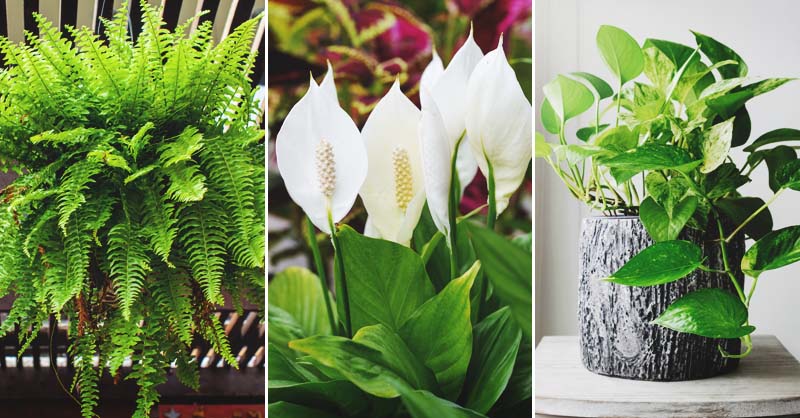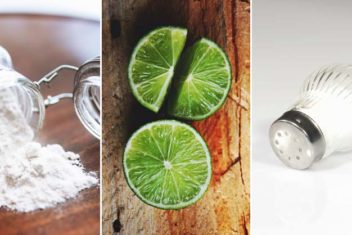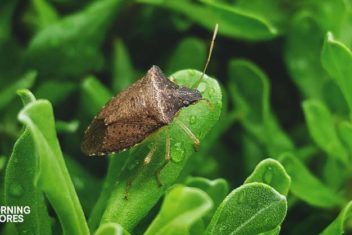Houseplants aren’t just excellent companions because they brighten rooms. They allow you to experience the outdoors inside the comfort of your home. beyond that, did you know that they can improve your health? That’s because there are many popular plants that can purify the air in your home or office.
Plants naturally convert the carbon dioxide that we humans produce into breathable oxygen. Without plants, the earth would be uninhabitable. Inside our homes, however, there isn’t just carbon dioxide to deal with. As a result of daily living and items that we introduce into our homes, the air in our living quarters isn’t always fresh and safe to breathe.
Adding houseplants to your living room, kitchen, bathroom, or bedroom is the ideal way to regulate air quality in your home… as long as you pick the right ones! Here are a few suggestions of air-purifying plants to consider for your home:
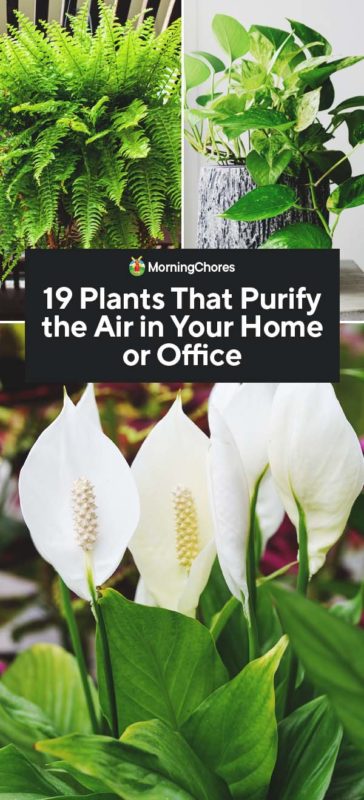
1. Spider Plant
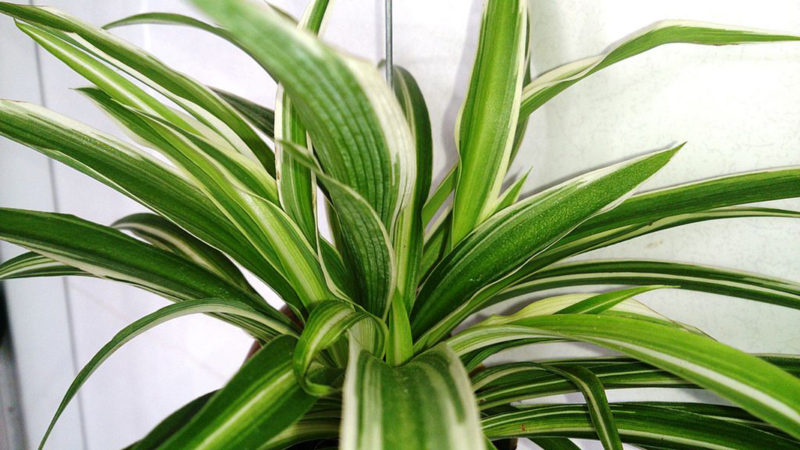
A top houseplant because it’s virtually impossible to kill. If you do manage to let one die, you may need to find another hobby. Spider plants thrive in a variety of environments and are excellent air filterers.
Filters out these toxins: formaldehyde, carbon monoxide, and xylene.
Sunlight requirements: Indirect, bright sunlight.
Soil type: Well-drained soil.
When to water: Water regularly.
2. Pothos
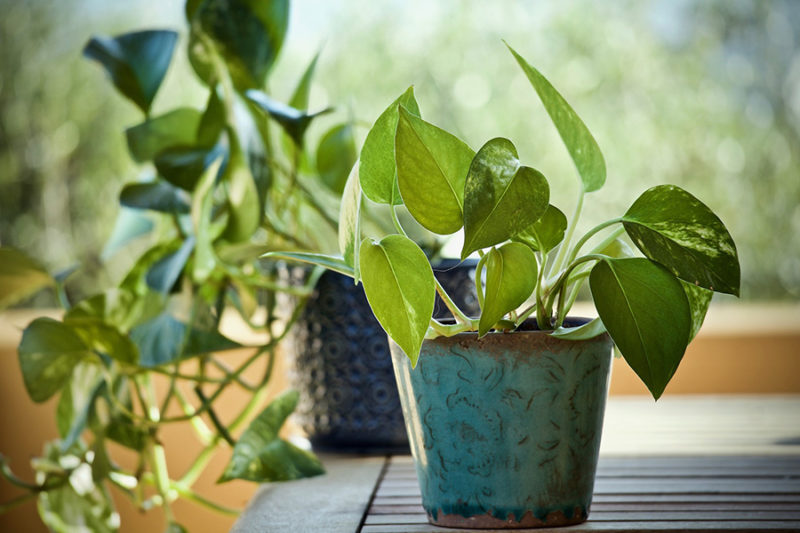
I’m proud to say that I’m the new owner of a pothos plant. A few weeks ago, I introduced a beautiful pothos into my living room. I’ve managed to keep it alive thus far, which tells me it’s bound to survive for a little while at least! Pothos plants not only filter out toxins, but they also grow rapidly and are excellent plants for hanging baskets or containers.
Filters out these toxins: formaldehyde.
Sunlight requirements: Not fussy. Tolerates a bit of shade.
Soil type: Well-draining potting soil that’s slightly acidic.
When to water: Every ten days or so. Prone to root rot, so careful not to overwater.
3. Rubber Plant
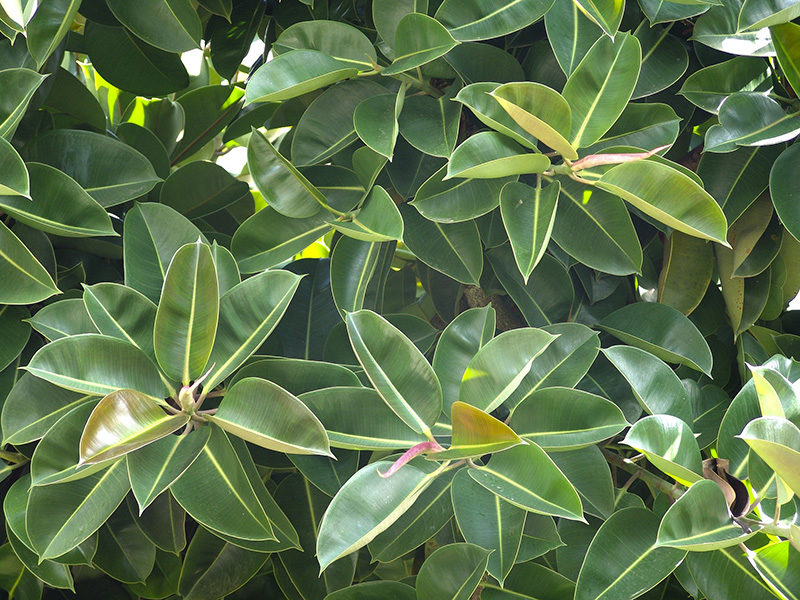
Another excellent option if you’re looking for a plant that purifies the air is the rubber plant. These unique-looking plants are beautiful but are known to be toxic, so keep them far from the reach of pets and kids.
Filters out these toxins: formaldehyde.
Sunlight requirements: Bright indirect sunlight.
Soil type: Well-draining and well-aerated.
When to water: Keep soil moist in summer months. In fall and winter, water less frequently — as little as 1-2 times a month.
4. Areca Palm
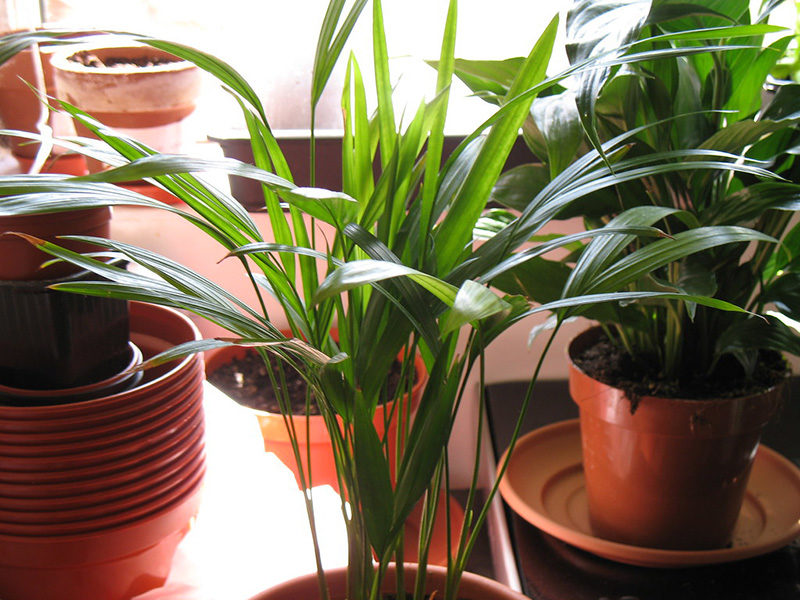
Also known as the bamboo palm, this plant doesn’t only remove harmful toxins from the air. It also acts as a natural humidifier. If your home is dry during the winter months because of heating, consider adding a few of these moisture-producing plants to the mix.
Filters out these toxins: Formaldehyde and xylene.
Sunlight requirements: Bright dappled sunlight.
Soil type: Choose a fertile nutrient-filled soil that’s slightly acidic.
When to water: During the warmer months, keep the soil moist but when fall comes along, let the soil dry out in between waterings.
5. Philodendron
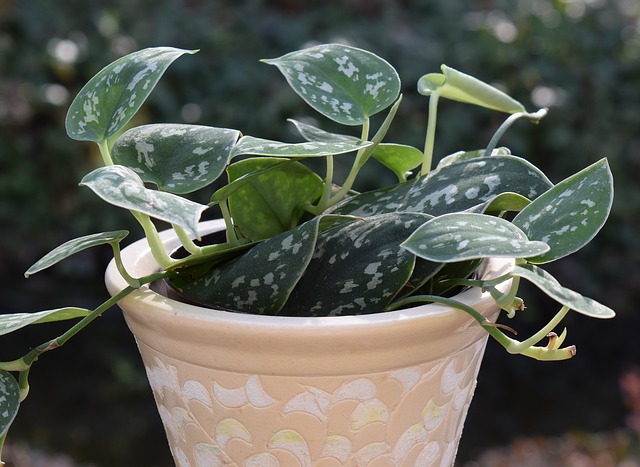
Another one of my favorites. Can you guess why? It’s indeed because it’s so easy to care for. I have one that I’ve neglected so often, and I’m astounded that it’s managed to survive. Watch out. The leaves are poisonous, so keep kids and pets away.
Filters these toxins: formaldehyde.
Sunlight requirements: Indirect light.
Soil type: Doesn’t really matter. Any potting soil will do.
When to water: Water deeply but infrequently.
6. Lady Palm
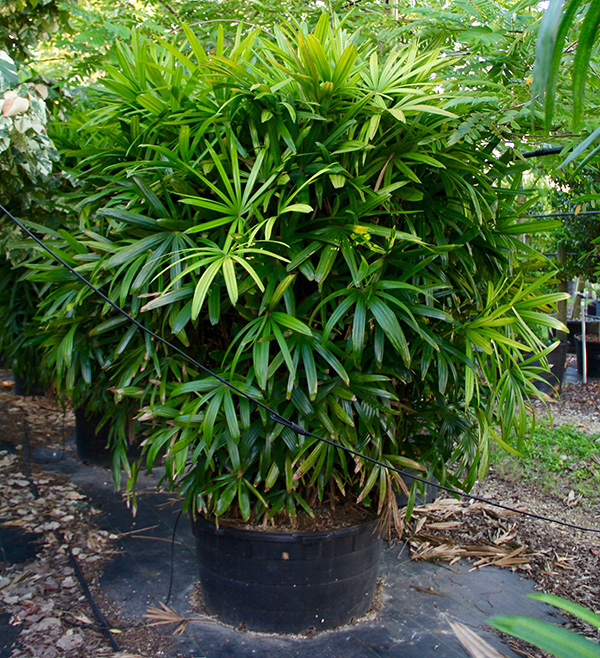
I love palms. Give me any type of palm, and I’ll find the perfect spot for it. They’re perfect for giving a tropical feel to an otherwise drab room. They’re also top-notch plants that purify the air.
Filters these toxins: ammonia and formaldehyde.
Sunlight requirements: Bright, indirect sunlight.
Soil type: Well-drained soil.
When to water: Water regularly.
7. Boston Fern
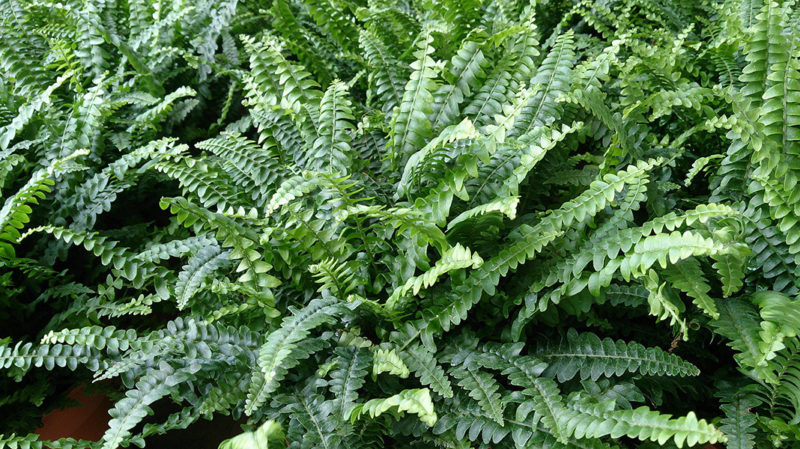
There’s a neighbor down the road who has a set of gorgeous, huge Boston fern plants on their front porch. I’ve always wondered if the plants are real or not. They’re truly fantastic. For now, I’ll have to be content with the small Boston fern sitting on a shelf in my kitchen, but one day I hope it’ll grow to such an impressive size.
Filters out these toxins: formaldehyde and xylene.
Sunlight requirements: Dependent on time of year but bright indirect sunlight is best.
Soil type: A mix of peat moss, potting soil, and sand.
When to water: Likes moist soil. Don’t let the soil dry out between waterings.
8. Snake Plant
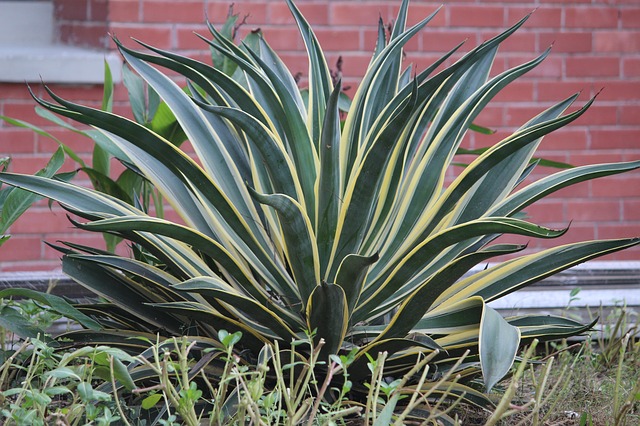
One of my favorite house plants because it’s truly tough to kill. The tall leaves might slither and writhe if they were alive, they look like snakes, after all.
Filters these toxins: Trichloroethylene, formaldehyde, benzene, xylene.
Sunlight requirements: Direct sunlight preferred, but won’t immediately wither away if it’s a bit darker than usual inside your home.
Soil type: Free-draining soil.
When to water: Occasionally. Forgot to water your snake plant? No problem. These durable houseplants can go for several weeks without receiving a drink.
9. English Ivy
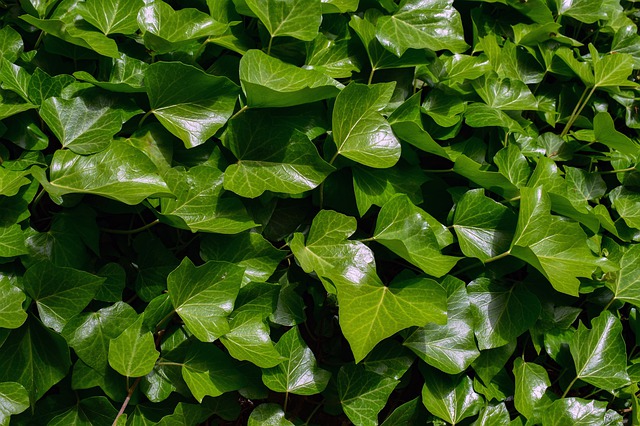
I’m currently in the process of adding a whole slew of houseplants to my home. I figured that in the winter, when I’m unable to garden outside, at least I’ll still have my indoor plants. My next soon-to-arrive addition is an English ivy plant, which I intend to put on top of a bookshelf. I was super excited to find out that this plant is a well-known air purifier.
Filters out these toxins: formaldehyde, trichloroethylene, benzene, xylene, and airborne mold.
Sunlight requirements: Bright sunlight.
Soil type: Any type of potting soil.
When to water: Only when the soil has dried out. Likes humidity, though.
10. Aloe Vera
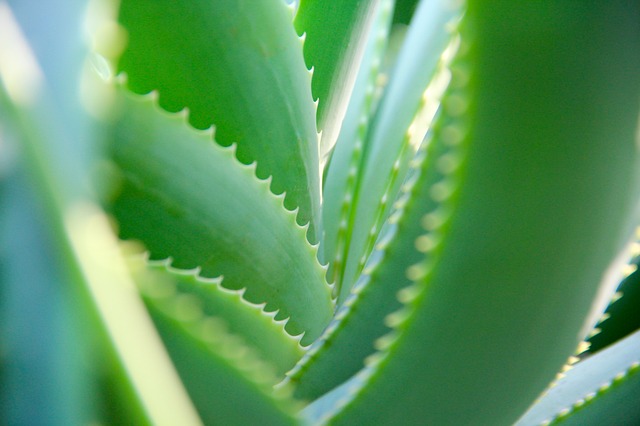
Known for its healing properties, aloe vera also filters out toxins in the air. It’s also easy to care for and with proper attention may even bloom.
Filters out these toxins: formaldehyde and benzene.
Sunlight requirements: Direct sunlight preferred.
Soil type: Choose a specialty cactus or succulent soil mix.
When to water: Infrequently, but when you do make sure to water deeply.
11. Chrysanthemum
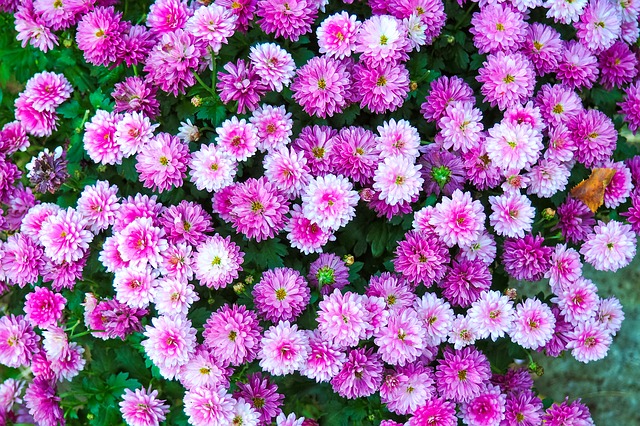
If you prefer a flowering plant instead of something green, choose chrysanthemums for filtering your home of toxins. Available in a variety of hues, these blooming plants instantly brighten up a room.
Filters out these toxins: Trichloroethylene, xylene, formaldehyde, benzene, ammonia.
Sunlight requirements: Full sun.
Soil type: Well-draining soil, but not particularly picky.
When to water: Weekly waterings.
12. Kimberley Queen Fern
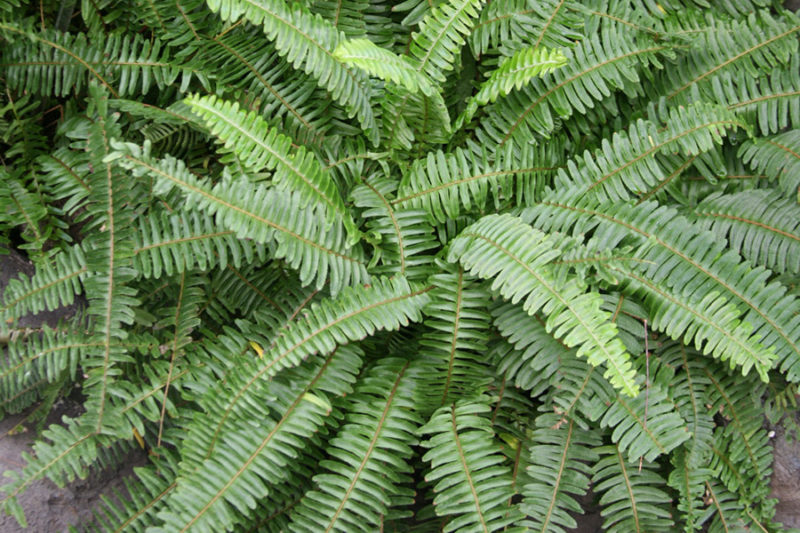
Another impressive fern variety, also known as the Sword Fern. An attractive tropical fern that’s suitable for indoor hanging baskets. Of all the plants that purify the air, this is one of the most effective and beautiful options.
Filters out these toxins: formaldehyde and xylene.
Sunlight requirements: Bright indirect sunlight.
Soil type: Well-drained soil.
When to water: Regular waterings to maintain moist soil.
13. Lilyturf
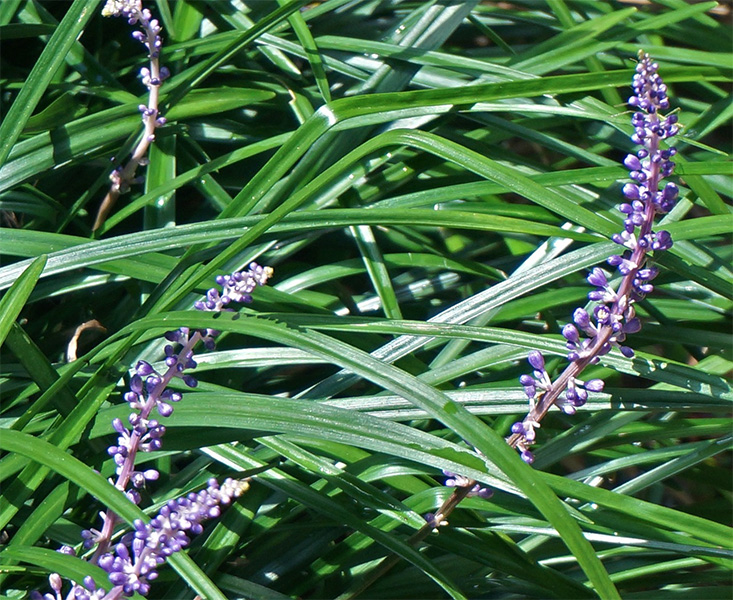
A grassy groundcover plant that grows in tufts and features purplish blooms. It’s often overlooked as a houseplant, but it tolerates cold, shade, and drought, making it perfect for those who want some color but don’t exactly have a green thumb.
Filters out these toxins: trichloroethylene, xylene, ammonia.
Sunlight requirements: Tolerates partial sunlight.
Soil type: Not fussy.
When to water: Regular watering required.
14. Barberton Daisy
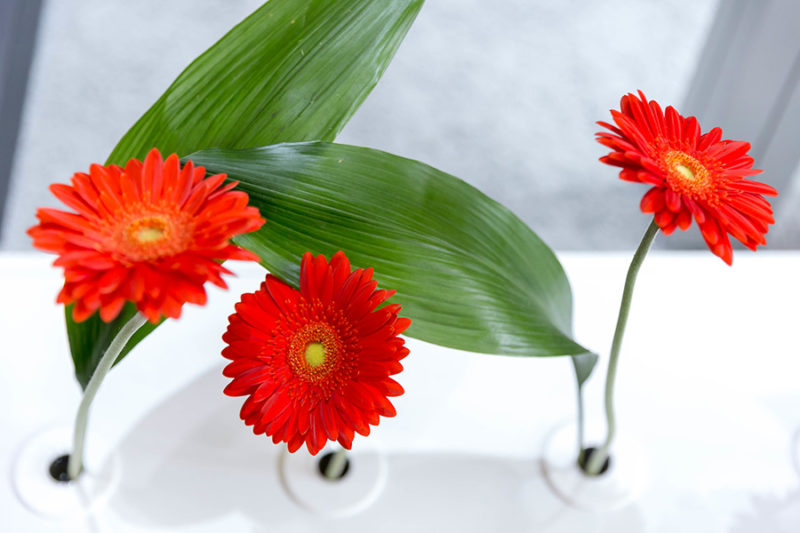
Part of the genus Gerbera, these brightly colored flowering plants are native to South-Eastern Africa. Plant them outside or enjoy the vibrant hues indoors.
Filters out these toxins: trichloroethylene, xylene, formaldehyde.
Sunlight requirements: Full sun but tolerates partial shade.
Soil type: Rich, slightly acidic soil.
When to water: Deep watering when topsoil becomes dry.
15. Peace Lily
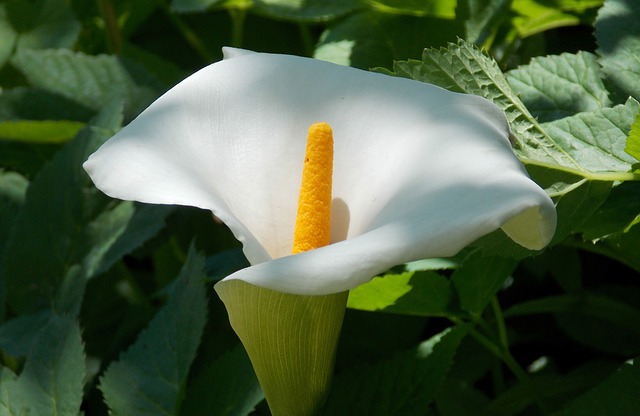
A pretty flowering plant, but beware, this one is toxic to dogs and cats. Not a particularly easy to care for option, it’s exceptionally talented when it comes to ridding the air of toxins, so it’s worth the effort.
Filters these toxins: Trichloroethylene, formaldehyde, benzene, xylene, and ammonia.
Sunlight requirements: Indirect light.
Soil type: Any houseplant soil mix should do.
When to water: Every five days or so.
16. Elephant Ear
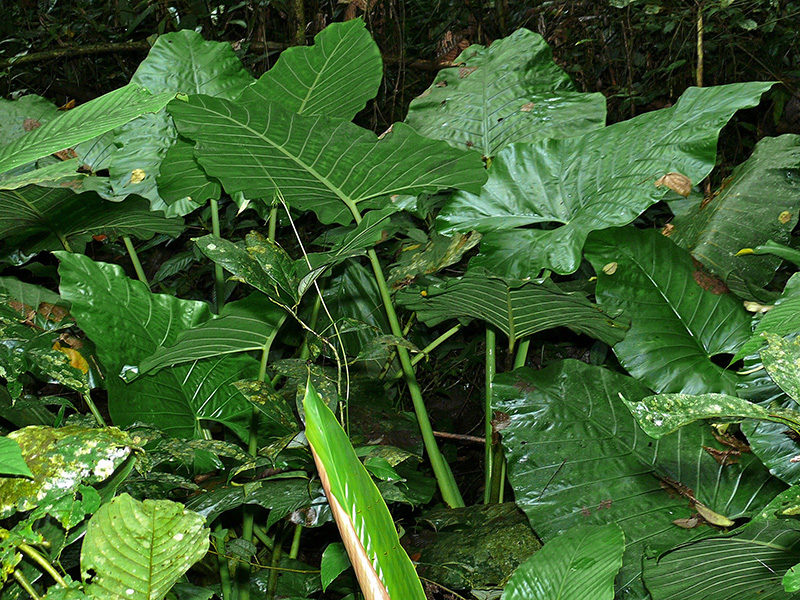
The gorgeous large foliage of this plant is what gives it its name. These big plants are often used in landscaping but make excellent indoor companions as well since they’re adept at removing toxins from the air.
Filters out these toxins: formaldehyde.
Sunlight requirements: Indirect sunlight.
Soil type: Choose a rich potting soil designed to hold moisture.
When to water: Likes high humidity. Keep well-watered and consider adding a humidifier to your setup.
17. Flamingo Lily
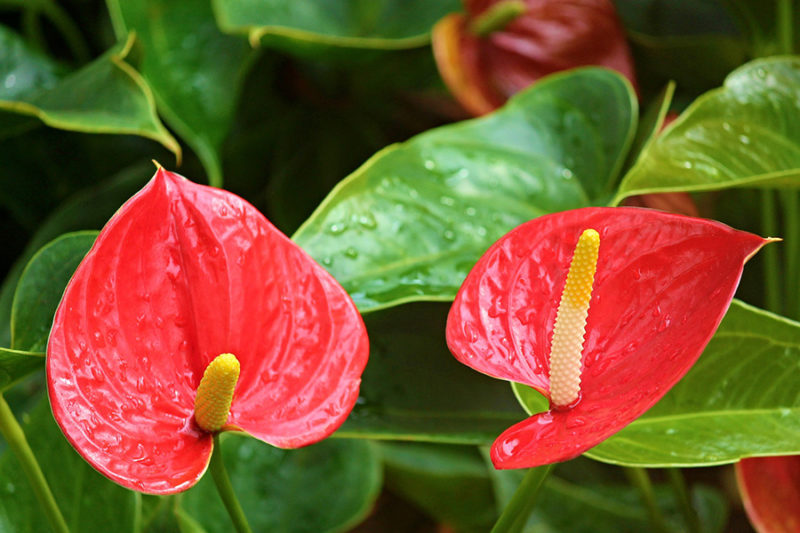
Another plant for the intermediate or expert grower seeking a challenge. The Flamingo Lily is an effective air filterer, but like it’s cousin the Peace Lily, it’s toxic to pets and children.
Filters out these toxins: formaldehyde, xylene, and ammonia.
Sunlight requirements: Indirect sunlight.
Soil type: Well-draining soil.
When to water: Regularly. Soil should not be left to dry out. Likes a humid environment. Consider a humidifier if growing this plant in a dry climate.
18. Dendrobium Orchids
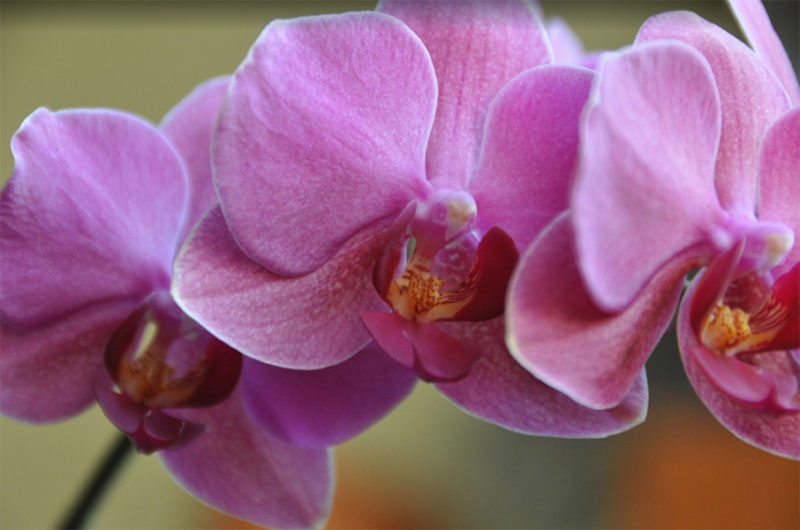
A flowering plant that’s not for the beginner, but offers a beautiful reward to those who have the patience and desire to care for it.
Filters out these toxins: alcohols, formaldehyde, chloroform, acetone.
Sunlight requirements: Bright, indirect sunlight.
Soil type: Well-draining soil. Frequent fertilizing required.
When to water: Twice a week. Likes humid environments.
19. Parlor Palm
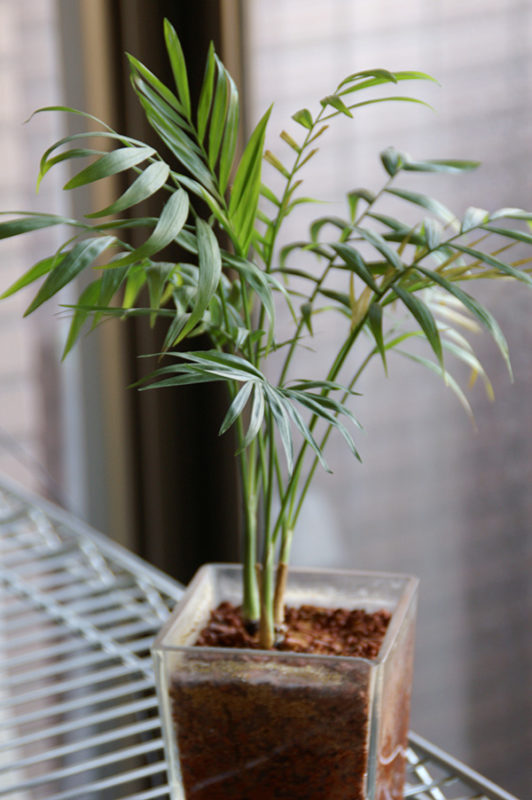
These types of palms are often on sale at the start of the summer months because they’re perfect for adding a tropical touch to outdoor patio spaces. If it gets too cold, these plants can be brought indoors where they’ll happily filter the air.
Filters out these toxins: benzene and trichloroethylene.
Sunlight requirements: Indirect light.
Soil type: Fertile soil that’s well-draining.
When to water: Likes humidity and prefers moist soil.
Using Plants That Purify the Air
When it comes to removing toxins like benzene, formaldehyde, and acetone, you can buy expensive air filters, or you can get a few plants that purify the air. Not only will they help improve your health, but they’ll brighten up your home as well.

